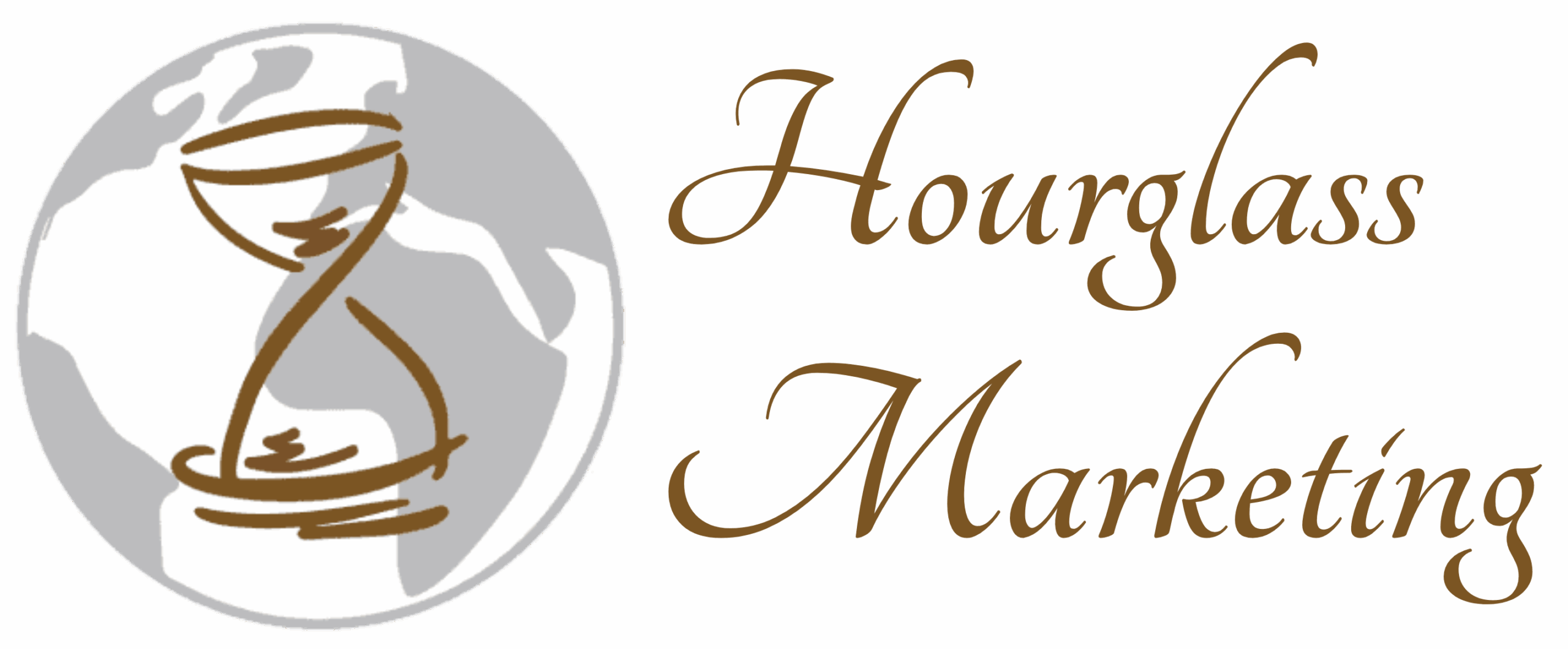
The field of UI and UX design is constantly evolving, and 2025 introduces fresh tools, innovative workflows, and advanced approaches to creating exceptional digital products. For beginners, this can feel overwhelming, but it also presents an exciting opportunity to start with the most relevant skills and technologies. If I were starting my UI/UX journey from scratch today, I would follow a carefully planned learning path that focuses on mastering the basics, practicing with modern tools, and applying those skills to real-world scenarios. This approach ensures a solid foundation while keeping pace with the demands of the industry.

Understanding the Core of UI and UX Design
Before creating your first design, it is crucial to understand the difference between UI and UX. UI, or User Interface, focuses on how a product looks and feels. It covers elements like color palettes, typography, buttons, icons, and layout arrangements. UX, or User Experience, is about how a user interacts with the product, how easily they navigate, and how satisfied they feel while using it. Both disciplines work together to make products beautiful, functional, and accessible.
Key starting points:
- Learn the difference between UI design basics and UX design principles
- Understand the importance of user-centered design
- Familiarize yourself with accessibility standards and guidelines
- Study examples of great UI/UX from leading brands
- Keep track of modern UI/UX trends and how they improve usability
Understanding these core principles early will help you make better design decisions as you progress. Without a clear grasp of both UI and UX, your designs may look visually appealing but fail to deliver a smooth and enjoyable user experience.
Building a Strong Foundation in Design Principles
A strong UI/UX designer does not simply rely on intuition; they have a deep understanding of design principles that guide every choice they make. Typography, color theory, spacing, and visual hierarchy are the building blocks of great design. In 2025, ethical and inclusive design practices are increasingly important, meaning your work should serve a diverse audience and meet accessibility needs from the very beginning.
Steps to develop your foundation:
- Learn color theory and how it impacts mood and usability
- Master typography choices that enhance readability
- Understand composition and alignment for clean layouts
- Study visual hierarchy to guide user attention
- Explore UX design principles that improve engagement
By focusing on these fundamental principles, you create designs that are not only attractive but also easy to use and inclusive for all types of users. These skills form the backbone of your career and will remain valuable regardless of how technology evolves.

Practicing with the Right Tools and Resources
Knowing the theory is only the beginning. To truly learn UI/UX design, you must practice using the right tools. In 2025, platforms like Figma, Adobe XD, and Sketch are industry favorites, while AI-assisted design tools are making the creative process faster and more efficient. Engaging in practical exercises such as redesigning popular apps or participating in design challenges will help sharpen your skills and improve your speed.
Tool and practice tips:
- Use Figma or Adobe XD for interface design and prototyping
- Explore wireframing tools to plan layouts before final designs
- Join online design challenges to get feedback from peers
- Practice creating responsive designs for multiple devices
- Experiment with AI-assisted design tools for faster workflows
Consistent practice with professional-grade tools ensures you can work effectively in real-world scenarios. It also helps you stay adaptable and ready to adopt new technologies as they emerge in the design industry.
Applying Skills to Real-World Projects
The best way to grow as a designer is to work on real projects that challenge your problem-solving abilities. Applying your skills in practical scenarios not only builds your confidence but also helps you develop a strong portfolio that attracts employers and clients. These projects could range from creating app prototypes for local startups to redesigning outdated websites with modern UI/UX improvements.
Ways to gain experience:
- Volunteer for nonprofit projects to gain hands-on experience
- Redesign outdated websites with a modern look and improved UX
- Work with friends or small businesses to create usable interfaces
- Conduct user testing to refine your designs
- Build a portfolio that highlights your problem-solving skills
By working on real projects, you transition from being a learner to becoming a problem solver. This practical experience demonstrates to potential employers or clients that you can deliver results in real-world conditions.

The Smart Path to Learn UI/UX Design in 2025
If I could start over in 2025, I would focus on learning the basics thoroughly, practicing regularly with the right tools, and gaining experience through meaningful projects. The key is to balance theory with practice and to stay curious about industry trends and user needs. UI/UX design is not a skill you master overnight; it is an ongoing journey of growth, adaptation, and creativity. With persistence, you can create designs that not only look great but also serve their purpose effectively.
Collaborating with Hourglass Marketing Solutions
At Hourglass Marketing Solutions, we understand the value of exceptional UI and UX in building successful digital platforms. Our team specializes in creating user-friendly, visually appealing, and high-performing designs that engage audiences and drive results. Whether you are starting from scratch or looking to improve your current interface, we can guide you every step of the way. Contact us today to bring your vision to life with professional design strategies tailored for 2025 and beyond.


